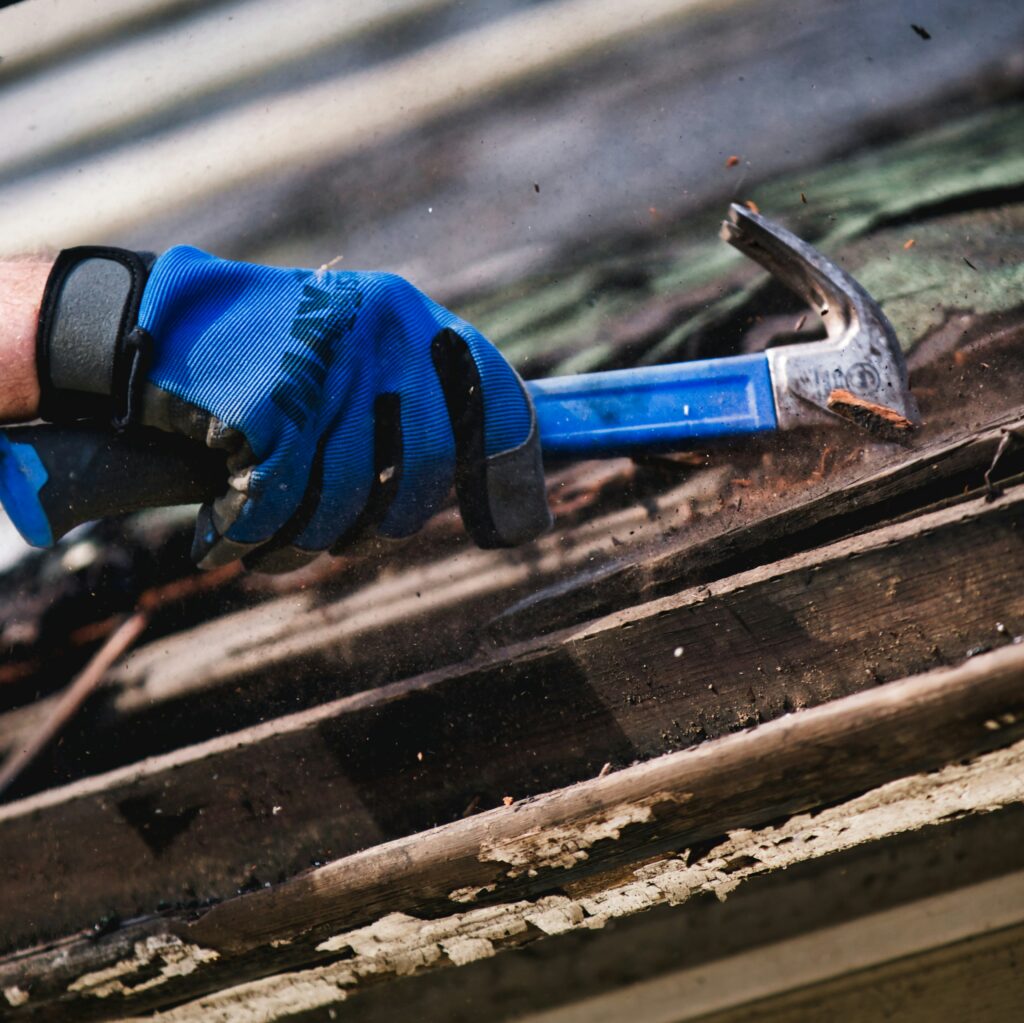
The roof is more than just a protective barrier over our heads; it’s a defining aspect of our homes, a statement of architectural aesthetics, and a critical component in safeguarding our inner sanctum from the elements. If you’ve found yourself at the threshold of a new roofing installation, the choices before you can feel as vast as the sky above, and the considerations equally daunting. But fear not—the cosmos of roofing is navigable with the right guidance.
From materials to design, this post will provide a map of the key checkpoints those setting out on the new-roof voyage must pass. Armed with this knowledge, you’ll be better prepared to chart a course toward the durable, stylish, and efficient roof of your dreams.
Material Matters
Traditional Tiles and Shingles
For many, traditional roof tiles and shingles evoke a classic charm that’s hard to beat. Available in a variety of materials, from clay and concrete to wood and slate, each type boasts its own unique combination of durability, aesthetics, and maintenance requirements.
Clay and Concrete: Known for their longevity and resistance to the elements, these materials stand the test of time. Clay tiles offer a warm, earthen color palette that often mellows with age, while concrete tiles provide a budget-friendly solution with a similar look. However, their extra weight may necessitate added support for your roof structure.
Wood and Slate: These materials offer a timeless, natural appearance. With proper maintenance, wood shakes can last for decades. However, they do require more frequent care and can be a fire hazard. Slate, on the other hand, is one of the most durable choices, often outlasting the structure it covers. It is also fireproof, but its hefty price tag can make it prohibitive for some.
Innovation in Metal and Polymers
Modern technology has brought about advancements in roofing materials that challenge the orthodoxy of traditional options.
Metal Roofing: Once primarily associated with commercial or industrial buildings, metal roofs have now entered mainstream residential construction with a bang. Their key attributes are durability and the ability to mimic the look of other materials successfully. While on the higher end of the cost spectrum, they often outlast traditional materials, making them an increasingly economical choice.
Polymer Composites: These materials offer a lightweight, cost-effective alternative to natural substances like slate and wood shake. They’re designed to be ultra-resistant to weather, fire, and pests, making them a compelling option for the pragmatic homeowner seeking a long-term investment.
Design With Purpose
Consider Your Climate
Your local environment should significantly influence your roofing decision. If you live in a region with extreme weather, such as heavy snowfall, consider a steeply pitched roof to facilitate snow shedding. In areas prone to high winds or hurricanes, aim for a durable material with a high wind-resistance rating. Your roofer can offer valuable insight into what is most appropriate for your specific location.
Aesthetic Harmonies
What looks great on one house may not work for another. Your roof should be in harmony with the style and color scheme of your home. Some materials, like Spanish clay tiles, are strongly associated with particular architectural styles, while others offer a broader range of visual versatility. Consider which options can give your home the distinctive, unified appearance its design calls for.
Budgeting Wisely
Upfront Costs vs. Lifespan
It’s essential to take a holistic view of cost when deciding on a material for your roof installation. While some options require a larger initial financial outlay, they may also provide a more extended period of service. Over the long term, you may actually save money by avoiding the shorter lifespan and repair costs often associated with cheaper materials. A metal or slate roof, for instance, may cost more upfront, but its durability could mean the next generation reaps the benefit.
Calculate Total Project Cost
The cost of the roofing material is just one part of the total price tag. Labor, additional materials, such as underlayment and flashing, and any structural modifications all need to be factored in. A proper cost projection ensures that there are no budgetary surprises down the line.
Finding a Partner
Choosing the Right Contractor
Your roofer should be skilled, experienced, and reputable. Check for certifications from material manufacturers, a good track record with your local Better Business Bureau, and excellent references. A good contractor will not only install a functional and beautiful roof but also offer guidance on the best material for your climate and help you maximize any potential warranties.
Warranty Matters
A robust warranty can provide peace of mind and is indicative of the manufacturer’s confidence in their product. Be sure you understand the terms, including what causes avoidance, and what is covered initially versus prorated. A quality roofer can help you sort through the various options and guide you to the best available warranty for your investment.
Permits and Paperwork
Don’t Skimp on the Red Tape
Upgrading or replacing a roof often requires permits, especially if the new roof is of a different type or the work involves structural modifications. Check with your local building department to see what’s required in terms of permits and inspections. Failure to comply with local building codes can not only cost you in fines but can also lead to an unsafe, unapproved installation.
Understanding Documentation
A well-documented roofing project can be a real asset if you sell your home. Keep records of any permits, the materials used, the warranty, and any before and after imagery. This history not only provides transparency about the work for potential buyers but also serves as a clear reference for you in the future.
When it comes to a new roofing installation, the choices are plentiful, and the considerations are numerous. By prioritizing your needs, factoring in longevity, design, and budget, and finding the right professional to assist you, you can ensure that your roof not only protects your home but also enhances its value and curb appeal for years to come.


